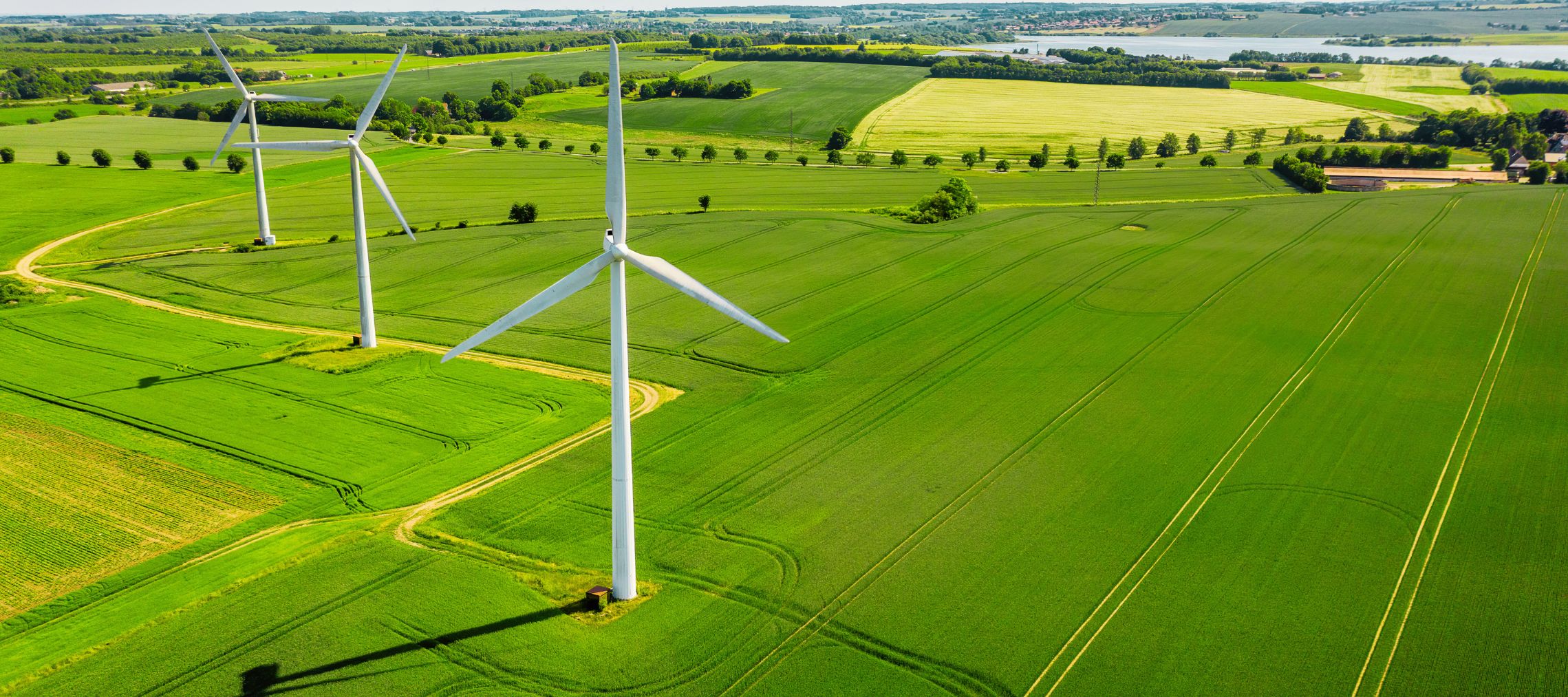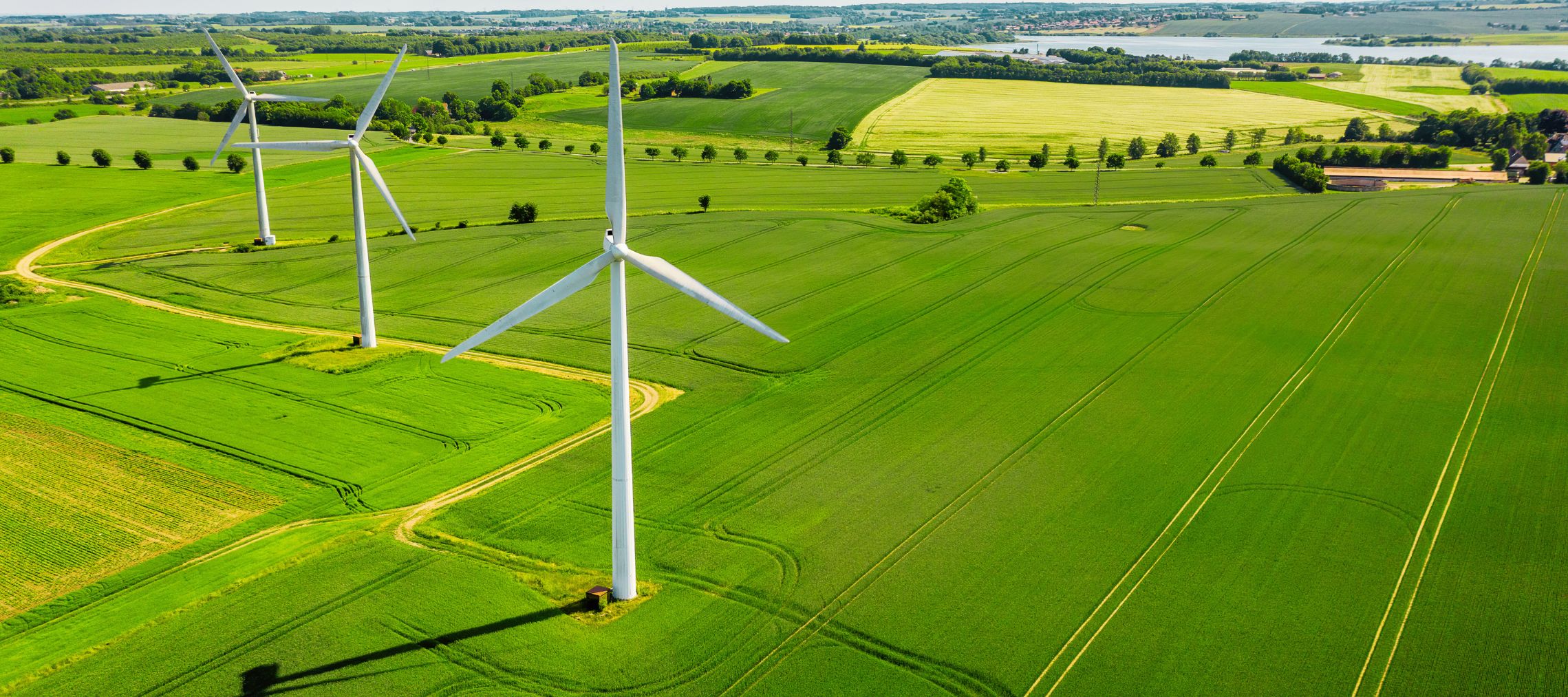The energy sector in India is impacted by certain key market trends, including unprecedented growth of renewable energy sources and advent of new technologies like electric vehicles and rooftop photovoltaic. These trends create uncertainty in the sector and require regulatory and policy changes to accommodate the increasing penetration of renewables into the grid. In this regard, CSTEP has identified two main challenges: smooth transition of state utilities to renewable energy and development of robust operational processes for long-term sustainability of distribution companies. Our work aims to explore the potential of states to meet renewable energy targets and strategise with government bodies for policy implementation at both state and national levels.




On-ground Revamp Can Make the New DISCOM Scheme Work
In yet another attempt to rescue the power distribution sector, the central government launched a new “reforms-based result-linked” scheme in this year’s Union Budget.
Pumped Hydro: Pushing the Needle Forward on Clean Energy
India’s power sector has been witnessing a large share of renewable energy (RE) being integrated into the grid. This is expected to grow at a high pace in the future as well. With increasing RE share, storage, especially pumped-hydro energy storage (PHES), plays a key role in dispatching the energy from RE resources, peak load shaving, frequency regulation, voltage support, providing round-the-clock support, and balancing the grid, among others.
How Thermal Generating Companies Can Stay in Power
India, which is the second-largest coal producer and both the third-largest producer and consumer of electricity in the world, has committed to an RE-dominant future with an ambitious target of 450 GW of RE capacity by 2030. With the global push for clean energy and falling RE costs, there is no backing away from this goal now. Given this, what is the contribution that state generating companies (GENCOs), mainly operating thermal capacity, can make for this transition to be successful?
Distribution Companies Should Turn the Tide by Going SMART
State-owned electricity distribution companies (DISCOMs) continue to be plagued with financial problems. This is so despite efforts by both central and state governments to bail out the beleaguered DISCOMs with rescue packages. In a last-ditch effort, the Central Government announced INR 3.05 lakh crore in the Union Budget 2021–22 to redeem the utilities.
How India Can Accelerate Pumped Hydro Storage for a Clean Energy Future
India’s clean energy transition is largely driven by the ambitious target of installing 450 gigawatts (GW) of renewable energy (RE) by 2030. While such huge RE deployment can pose several operational and technical challenges for the grid, energy storage can mitigate them.